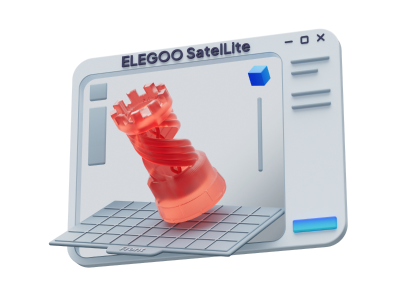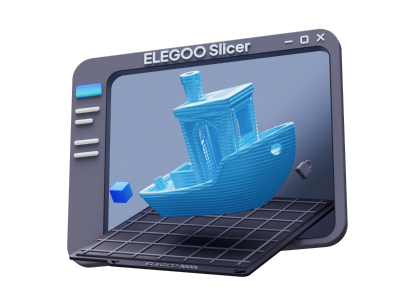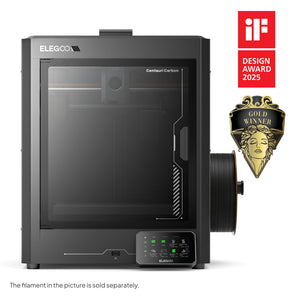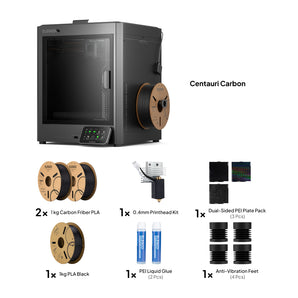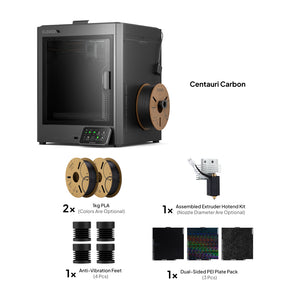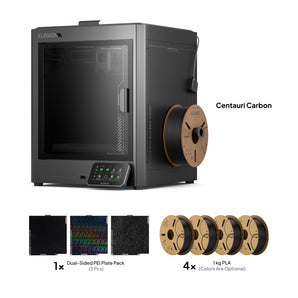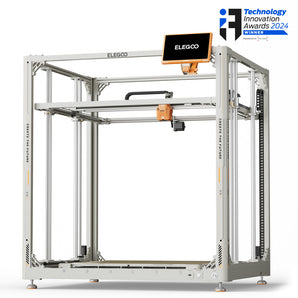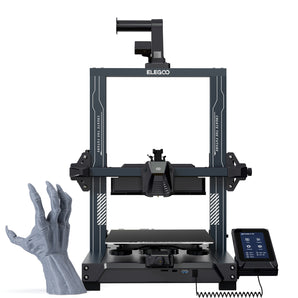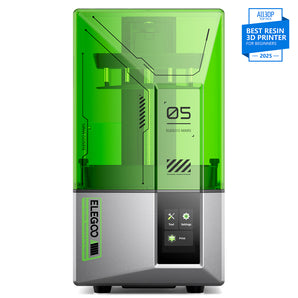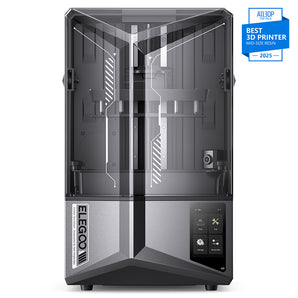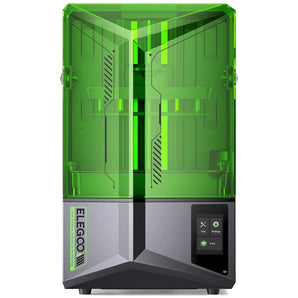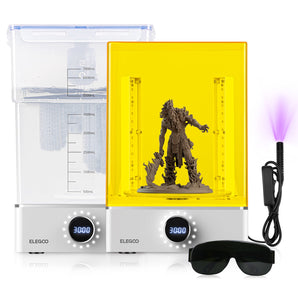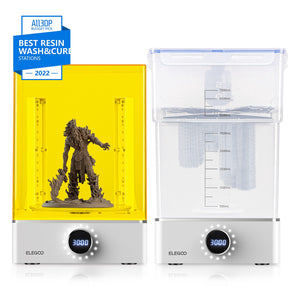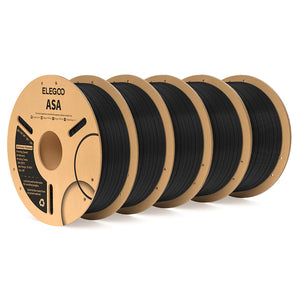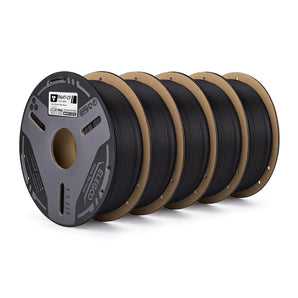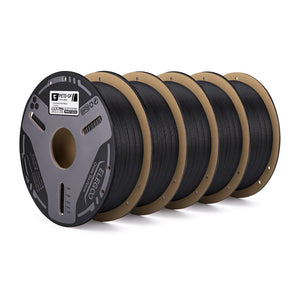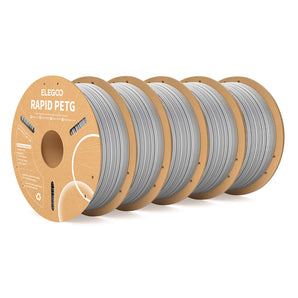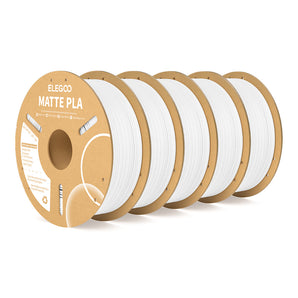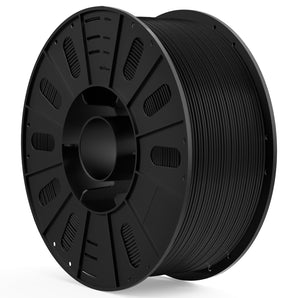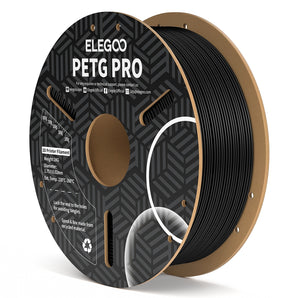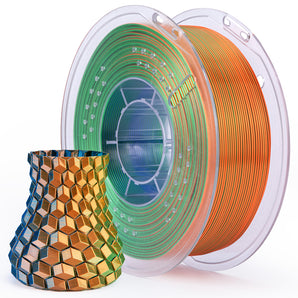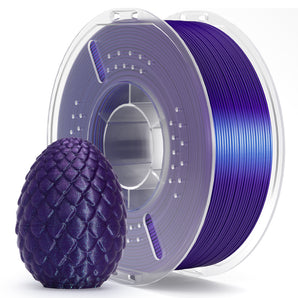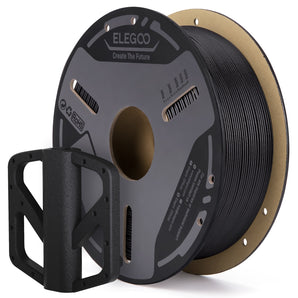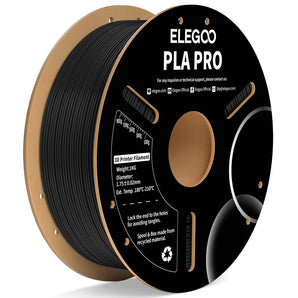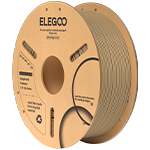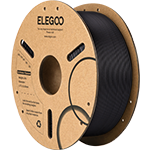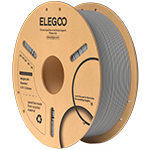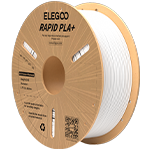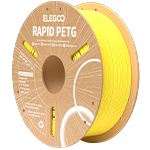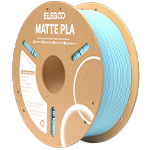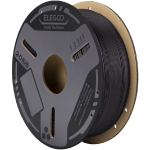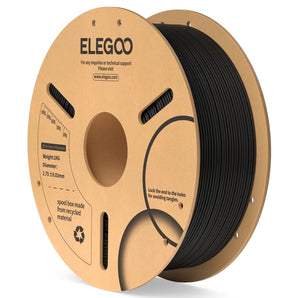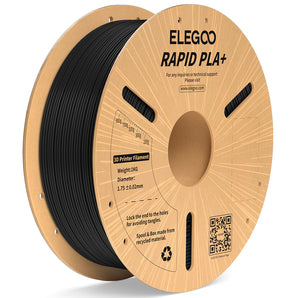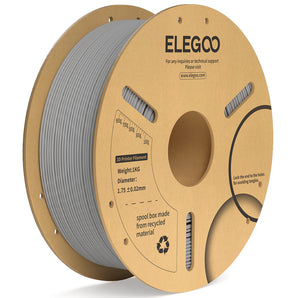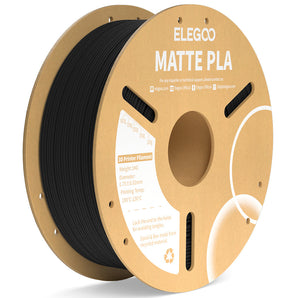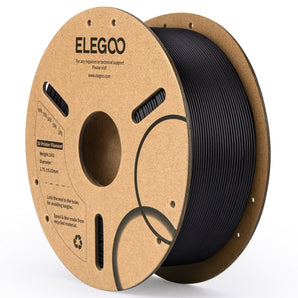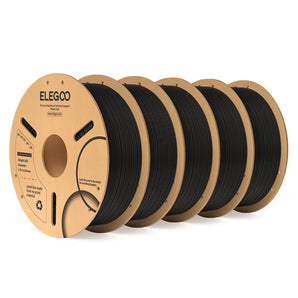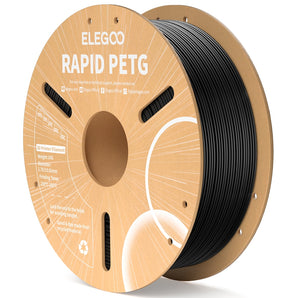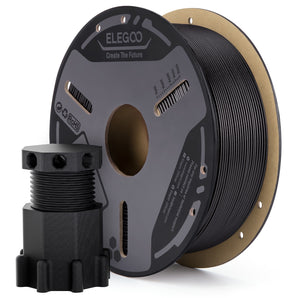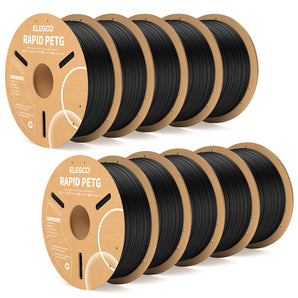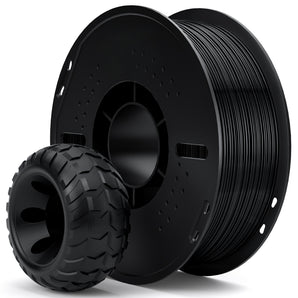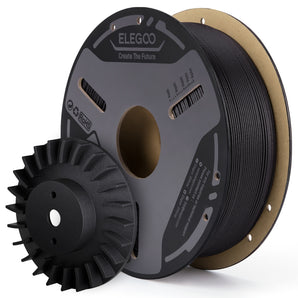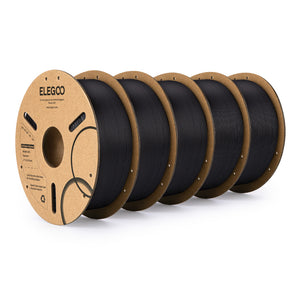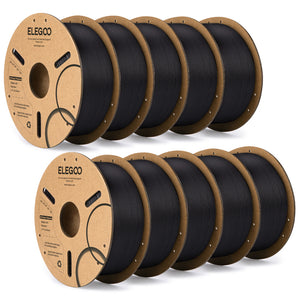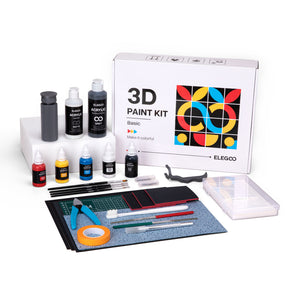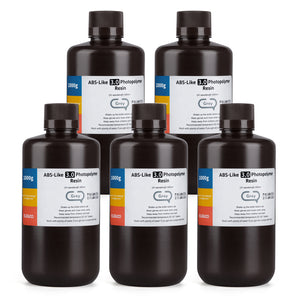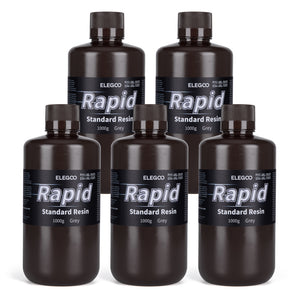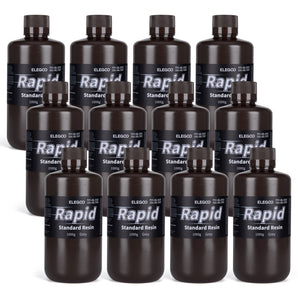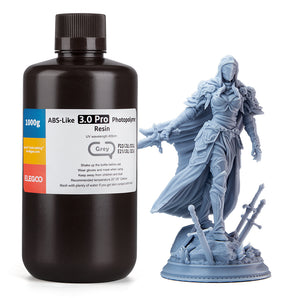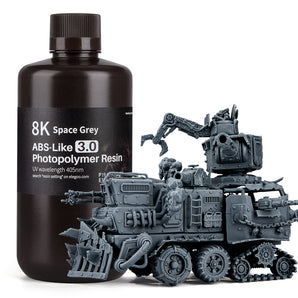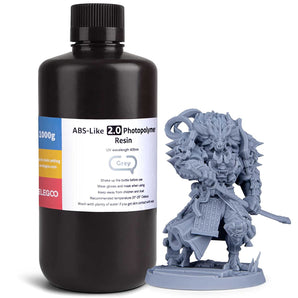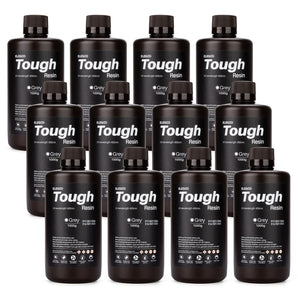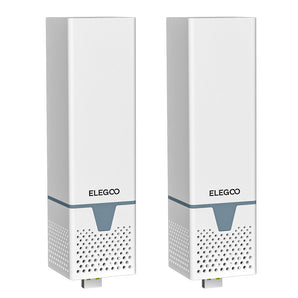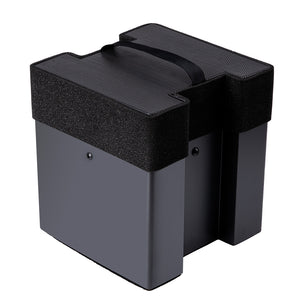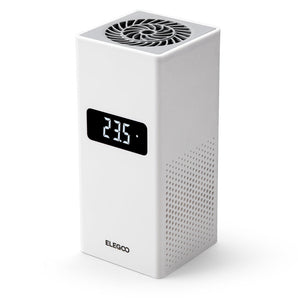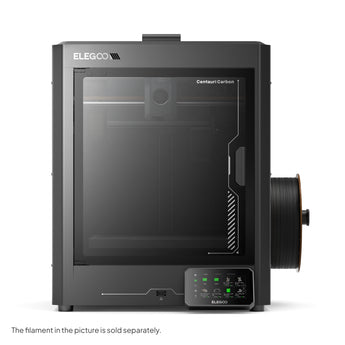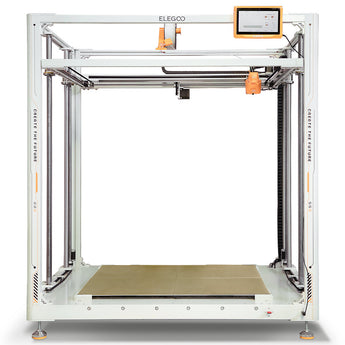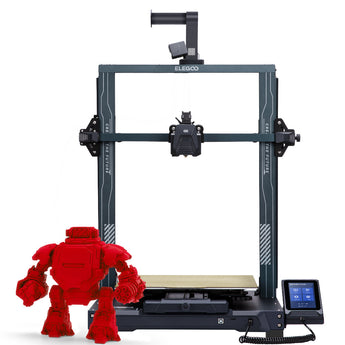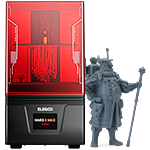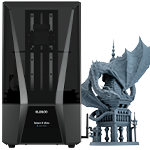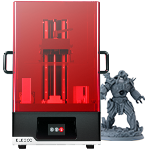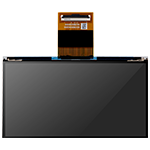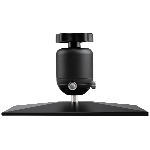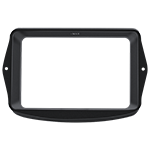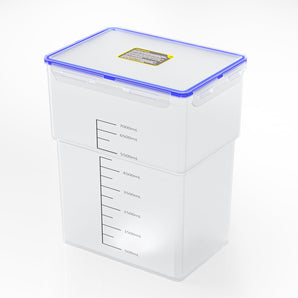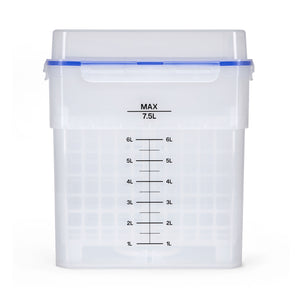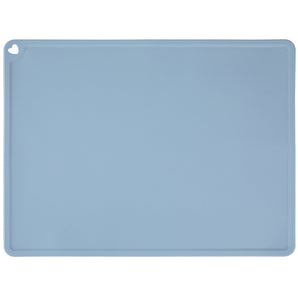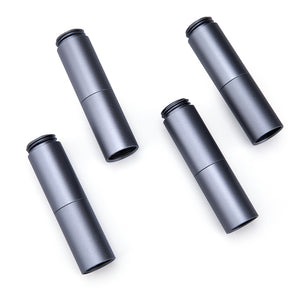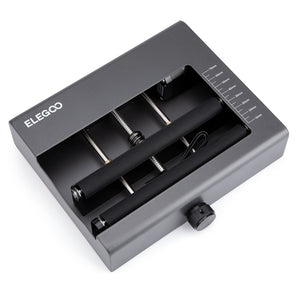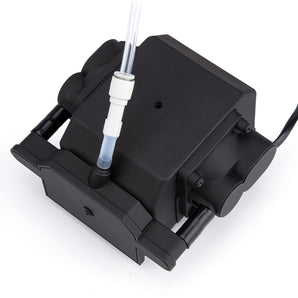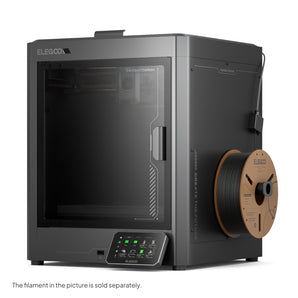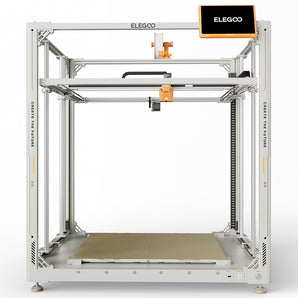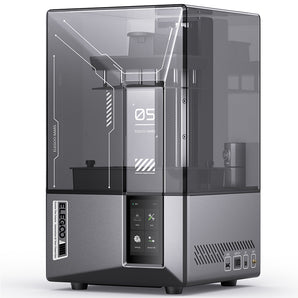3D Printing and Disaster Relief: Rapid Prototyping for Emergencies
In the wake of a disaster, the need for rapid, efficient, and effective relief efforts is paramount. One of the most innovative solutions emerging in this field is 3D printing technology.
The ELEGOO Neptune 4 Max is particularly suited for this scenario, with its large build volume and quick printing capabilities, making it ideal for producing a wide range of emergency supplies rapidly. This blog post explores the transformative role of 3D printing in disaster relief, focusing on its capacity for rapid prototyping during emergencies.
From on-site manufacturing to the customization of relief supplies, 3D printing offers a new frontier in addressing the immediate needs of disaster-struck areas.
We will delve into various applications, including medical supplies, shelter components, and water and sanitation solutions, and discuss real-world success stories.
Additionally, we will examine the challenges and future possibilities of 3D printing in disaster response, providing insights into how this tech is enhancing the efficiency and resilience of disaster relief efforts.
Disaster Relief with 3D Printing: A Game Changer
3D printing has revolutionized disaster relief by providing a fast and flexible solution for producing essential supplies.
The ability to quickly create a range of items—from parts for machinery to basic household items—directly in the affected area is a game changer. 3D tech enables responders to meet specific needs on the ground, adapting to changing situations in real-time.

Rapid Prototyping in Emergencies: Speed and Adaptability
The core strength of 3D printing in emergencies lies in its rapid prototyping capabilities. In disaster scenarios, where every second counts, the ability to quickly design and produce essential items can save lives.
This adaptability is crucial in responding to the unpredictable nature of emergency situations, allowing for the creation of customized solutions on demand.
On-Site Manufacturing in Disaster Response
On-site manufacturing with 3D printing streamlines the logistical process of disaster response. Traditional supply chains can be disrupted in emergencies, but 3D printers can produce necessary items directly at the disaster site.
This not only cuts down on transport time and costs but also reduces the dependence on external supply sources.
Customization of Relief Supplies with 3D Printing
Customization is a significant advantage of 3D printing in disaster relief. Each disaster presents unique challenges and needs, and 3D printing allows for the creation of tailored solutions.
Whether it's custom-fit medical devices or components specifically designed for rebuilding local infrastructure, the technology ensures that the response is as effective and efficient as possible.
3D Printing for Medical Supplies in Disaster Zones
In disaster zones, access to medical supplies is often a critical concern. 3D printing has been instrumental in providing medical equipment and tools, especially in remote or isolated areas. From prosthetics to surgical tools, 3D printing offers a quick and cost-effective way to address urgent medical needs.
Shelter Components with 3D Printing: Building a Safe Haven
Providing shelter is one of the immediate requirements in the aftermath of a disaster. 3D printing has been used to create components for temporary housing, offering victims a safe and secure place to stay.
The technology allows for the construction of durable, weather-resistant shelters that can be rapidly assembled on site.
Water and Sanitation Solutions through 3D Printing
Access to clean water and sanitation is a critical need in disaster-struck regions. 3D printing offers innovative solutions, such as water filtration systems and plumbing components, that are essential for maintaining hygiene and preventing the spread of disease.
These 3D-printed solutions are often more adaptable and quicker to deploy than traditional methods.
Real-World Disaster Relief Cases: Success Stories
There are several real-world cases where 3D printing has significantly impacted disaster relief efforts. These success stories highlight the technology's practical applications, from rebuilding communities after earthquakes to providing medical aid in conflict zones.
These examples demonstrate the real-world effectiveness of 3D printing in responding to emergencies.
Technology's Impact on Disaster Response
The impact of technology, particularly 3D printing, on disaster response is profound. It has not only enhanced the efficiency of relief efforts but also opened up new possibilities for innovation in emergency response.
The technology's flexibility and speed have proven to be invaluable assets in saving lives and rebuilding communities.
Challenges in 3D Printing for Emergencies
Despite its many advantages, there are challenges in implementing 3D printing for emergency disaster relief. Issues such as power supply, material availability, and the need for skilled operators can be significant hurdles. Overcoming these challenges requires innovation, planning, and collaboration between various stakeholders.
The Future of 3D Printing in Disaster Relief
Looking to the future, 3D printing holds immense potential in the field of disaster relief. As the technology continues to advance, its applications will expand, offering even more effective solutions for emergency response.
The ongoing development of this technology promises to make disaster relief more responsive, efficient, and adaptable.
Enhanced Disaster Relief Efficiency: A New Paradigm
3D printing is setting a new paradigm for disaster relief efficiency. By enabling rapid, on-site production of essential supplies, the technology significantly cuts down response times and improves the overall effectiveness of relief efforts.
As 3D printing technology becomes more widespread and accessible, its role in enhancing disaster relief operations will continue to grow.
Conclusion
3D printing technology represents a transformative approach to disaster relief, offering rapid prototyping capabilities that can significantly impact emergency response efforts.
Its ability to provide on-site manufacturing, customization, and efficient solutions for medical supplies, shelter, and sanitation addresses some of the most pressing challenges in disaster zones.
While there are hurdles to overcome, the future of 3D printing in disaster relief is promising, pointing towards a more efficient, adaptable, and innovative approach to helping those in need.
As we continue to explore and expand the capabilities of this technology, its potential to revolutionize disaster relief efforts becomes increasingly clear, offering hope and practical solutions in times of crisis.












